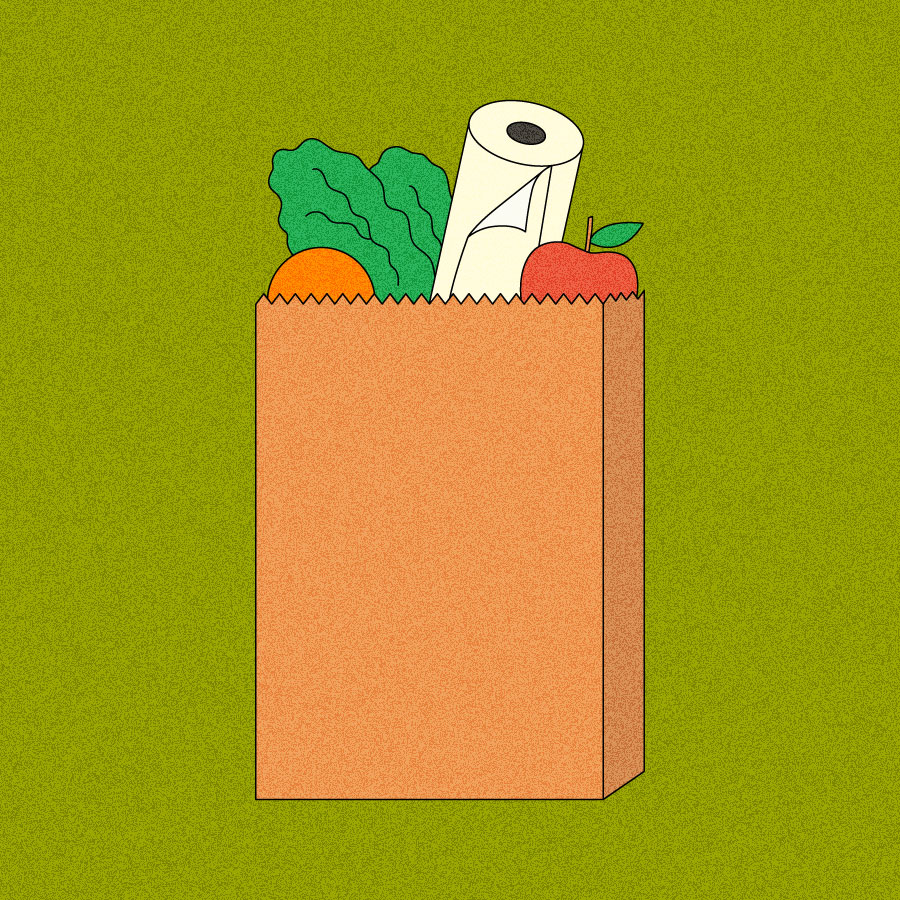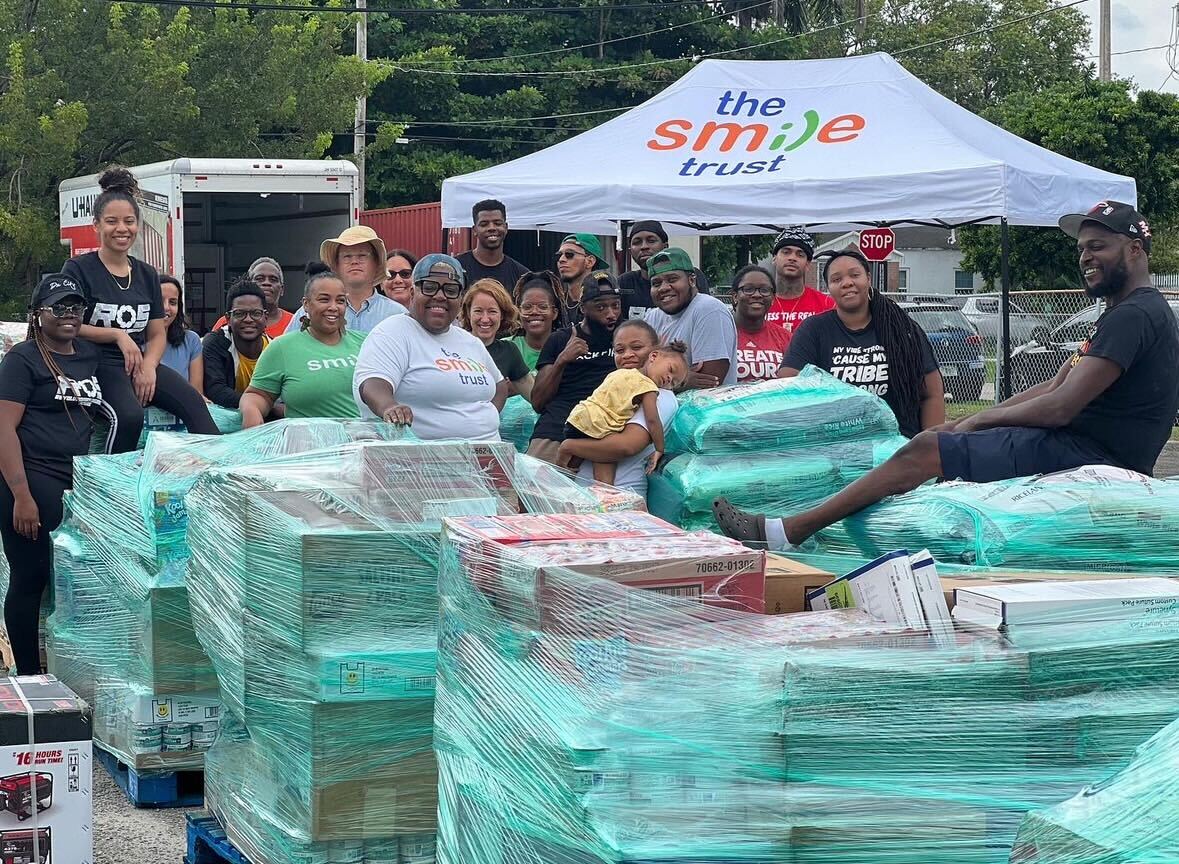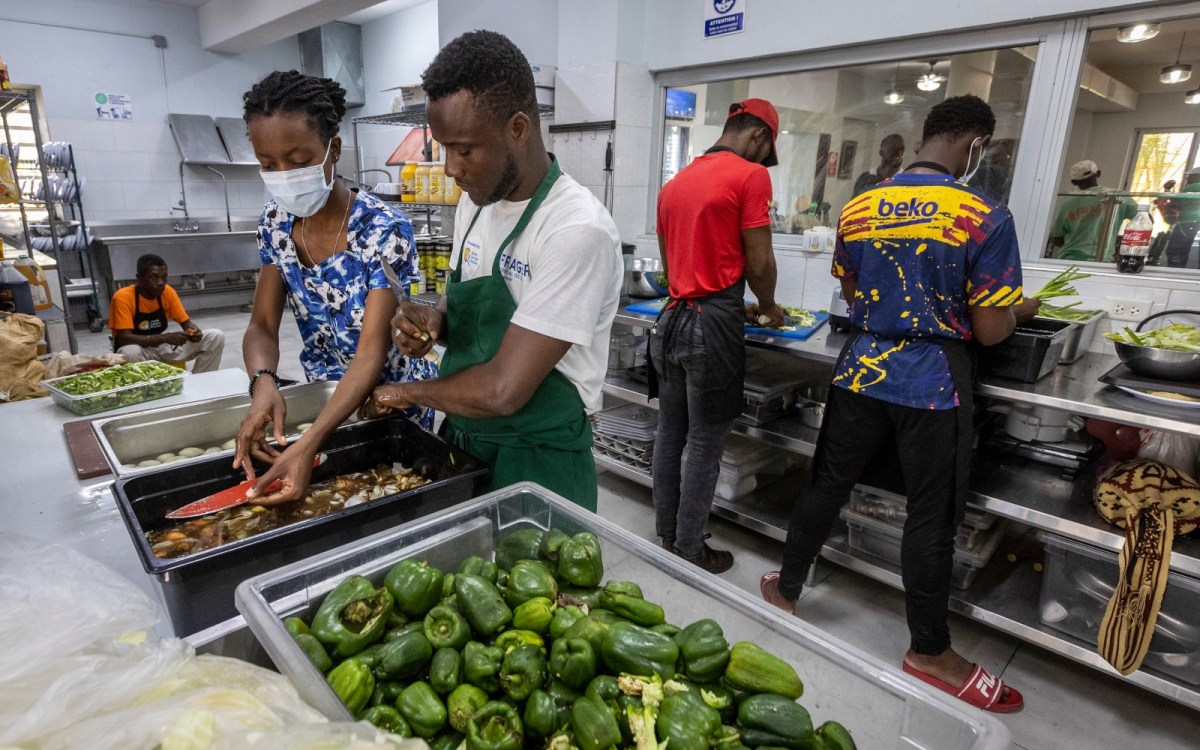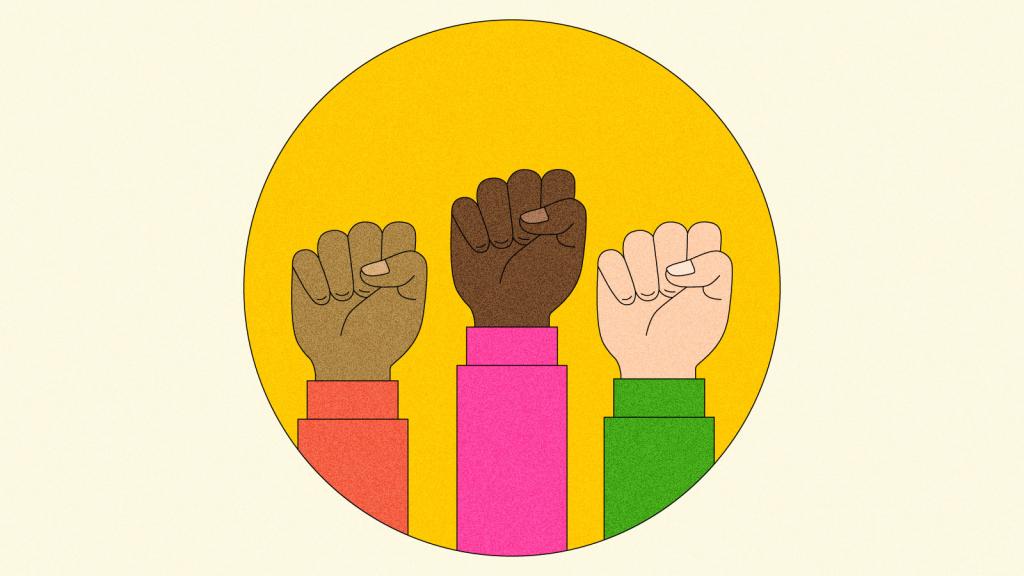Last week in our series on personal climate action, we explored the power of advocating for climate progress as part of a community. But another avenue for personal action can be working for your community — ensuring that your neighbors, especially the most vulnerable, have their basic needs met in the face of threats caused or worsened by climate change.
For today’s newsletter, Grist’s project coordinator, Joshua Kimelman, talked with an organizer who is deeply familiar with direct aid and relief work about why these things are necessary for climate resilience.

The vision
“Every movement organization, every social justice organization across this world should have resiliency, climate justice, and education tied into their plans. Period. Because if you are doing any work for a group of marginalized people, you don’t understand marginalization until a disaster hits your front door.”
Climate and justice organizer Valencia Gunder
The spotlight
When Valencia Gunder delivers food and other necessities to people impacted by disasters or people experiencing homelessness in Miami, it’s about helping with kindness — but she sees it as more than simply providing aid or dignity to those in need. For Gunder, it’s also the foundation of community action for climate and justice.
“Every organizer should be a first responder,” says Gunder, a climate and economic justice organizer (who was featured on our 2021 Grist 50 list). “Now, after you done fed everybody and folks are somewhat back to their resilient space, [then] we can start to do the advocacy again.”
Those hit first and worst by climate change are often the poorest and most marginalized. When these communities band together to advocate for climate policies that serve their needs, they can achieve powerful results. But they can’t do that if their basic needs aren’t being met. For Gunder, that’s what makes direct aid a crucial form of climate action, laying the foundation for powerful grassroots advocacy.
Gunder speaks from experience. After participating in aid work helping earthquake victims in Haiti, she ended up needing aid herself. She experienced homelessness and then incarceration — which galvanized her to want to help people and change the systems that had failed her and her community.
In 2014, Gunder founded The Smile Trust, a Miami nonprofit that works to alleviate food insecurity, aids unsheltered people, and provides emergency and disaster relief. She also helped build the climate and environmental justice arm of the Movement for Black Lives, but she stepped away from that position recently in order to focus on her nonprofit, which has been “growing massively” and hearing from a lot of communities in need of its services. Earlier this month, The Smile Trust opened the doors to its own community center, called the Freedom Lab, where the organization now passes out food and necessities, and provides a gathering space for clinics and coworking.
We caught up with Gunder to talk about her experiences as an advocate for her community, the power of direct aid, and why she says delivering food and other essentials can be a powerful form of climate action. Her responses have been edited for length and clarity.
![]()
Q. What led you to community and relief work?
A. In 2010, when the earthquake hit Haiti, that’s when it just opened my eyes and I was like, “This is not OK. We need to do something, we need to say something.” And I started saying something, and I started doing something.
I actually was homeless right after I helped out Haiti. And then came from being homeless to incarcerated right after that. I feel like I had to experience that to see the conditions that our people were living in. And the miraculous thing is that people are surviving and still changing and bettering their lives in that catastrophe of a system.
Q. Wow. How did those experiences propel you into the work that you do now?
A. When I was locked up, I told myself I was gonna help people. I’m never being quiet again, ever again. And I ain’t been quiet ever since.
I hated how people served me when I was homeless. I hated how people threw food at me and the type of food they served. I don’t care who I am, I deserve dignity, I deserve care, I deserve compassion. And I was just like, “When I get on my feet, I’m gonna go out there and serve and I’m gonna do it the right way.”
I moved back to Miami after my incarceration. And I told a few of my friends, “Yo, I saved up this $300 and I’m gonna buy all of this turkey meat and cheese and condiments and everything. We’re gonna put some brown paper bags together and get some bottles of water and we’re gonna pass it out, but we’re gonna be nice when we do it. We’re gonna speak to people, we’re gonna be patient with people. We’re not gonna be looking down on people and they’re not gonna have to come to us.”
I’m thinking there was gonna be five of us. Actually, like 40 people showed up. It was supposed to be a one-time thing. At the end of it, people were like, “So, when are we coming back?” That’s how The Smile Trust was started.
Q. And how did The Smile Trust’s direct aid efforts begin to cross over with disaster relief and preparedness?
A. In 2017, I had been doing climate advocacy work throughout the state of Florida. Hurricane Irma was coming. All we have is websites and PDFs and data. We don’t have no alternatives and nothing prepared for our people to go into the storm and after the storms. I was just disappointed in myself because, you know, I’m out here feeding people and everything, and I’m just like, “What do we do in the case of this storm?”
I called my mentor, Dr. Pandwe Gibson. She had this huge 12,000-square-foot warehouse. She was planning to build it out for something else, so it was empty. She let me use the space for free. I just told everybody in my network, “Listen, the day after the storm, everybody should come to this address. We’re gonna feed our own people.” And I didn’t have a piece of charcoal, no lighter fluid, not a bun, nothing. But I knew if everybody came together, we was gonna patch it up and make it happen.

Gunder (centered, in the white T-shirt) and other members of the Smile Trust team prepare to ship pallets of supplies to more than 40 hubs across the state of Florida after Hurricane Ian. The Smile Trust
Q. And that’s what became the Community Emergency Operations Center, or CEOC?
A. The name was a jab at our local government, actually. Miami-Dade County [had] the Emergency Operations Center. So I said, “We’re gonna have the Community Emergency Operations Center.” And The Smile Trust, we took our model of how we feed people — dignity, care, directly to the door, directly to the person — and actually systematized it, added logistics behind it.
We started in my neighborhood, Liberty City. I had my grill from my house. Next thing you know, we was across 18 neighborhoods throughout the state and we fed close to 25,000 households within four days — 750 volunteers showed up. And that’s when I knew and understood that if community is trained, if community is educated, and community is resourced, we ain’t gotta wait for nobody.
Q. How do you see this type of work as related to your work in climate resilience and climate justice?
A. I don’t even know if this is in the Bible, but the Christians be saying it all the time: You give a man a fish, they eat for a day, you teach them how to fish, they can eat forever. And in my mind, [they] need a fish sandwich now before they can even learn how to fish. That’s why we have relief work, to get people to the resiliency work. That’s what I teach organizations.
We can continue to do the advocacy work and the policy work and the budgeting work, but none of that means shit when people are hungry and don’t have nowhere to stay. Because what I’m not finna do is go pass a person a pamphlet the day after a storm hits or after their house catches fire or a volcano erupts and they lose everything.
Q. Does The Smile Trust then help take the next steps, from relief to resilience to advocacy?
A. So the good thing about the CEOC, we collect data from every household that we serve. We call them wellness checks: “Can you answer these four or five questions for us while we’re bringing you things?” Most people don’t mind telling you, “The government should have did this,” or, “We wish we would’ve had this, that, and a third thing.”
The first time I wrote a report on it was in 2021, after the Arctic blast [a severe winter storm that caused deadly blackouts in Texas and other states]. We was able to hit 50,000 households in partnership with 26 organizations across five states. That data gives us the tool to contest the power from the state: “This is what the people are saying. We talked to 50,000 of your constituents, we don’t want to hear nothing else.”
When it’s time to pass the legislation and hold FEMA accountable and your state and city politicians accountable, you have not only served your community, but now you even have the information directly from the people’s mouths to be able to go toe to toe with the government.
Q. What do you think the climate movement can learn from charity and direct aid efforts?
A. Believe your community when they say something. I think sometimes our movement has become a little bit insular. We feel like we know the answer. We feel like we know because we sit in the strategy sessions, and we’ve got the time to read the books. Our people know what they need to survive. Our people have an idea of what they want their future to look like, but people have to stop and ask.
— Joshua Kimelman
More exposure
- Watch: a conversation between Gunder and fellow Miami organizer Zelalem Adefris on racial justice and direct aid work (or read some highlights here) (Grist)
- Read: about the racial inequality that plagues federal disaster aid (NYT)
- Listen: to Don’t Call Me Resilient, a podcast from The Conversation exploring how marginalized people battle layers of adversity, including climate change
- Read: about the “invisible labor” that supports the climate movement (Looking Forward)
See for yourself
Have you participated in aid work in your community? Anything from feeding your neighbors to coordinating clothing drives, or other essential services? Reply to this email to tell us how you’re helping to build capacity where you live.
A parting shot
World Central Kitchen, an aid organization founded by acclaimed chef José Andrés, specializes in providing culturally appropriate meals in the wake of disasters. Here, workers at a site in Les Cayes, Haiti, prepare vegetables to feed thousands of residents affected by a magnitude 7.2 earthquake in 2021 (11 years after the one that spurred Gunder’s entry into aid work).




